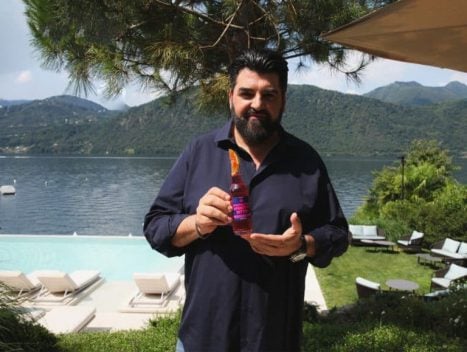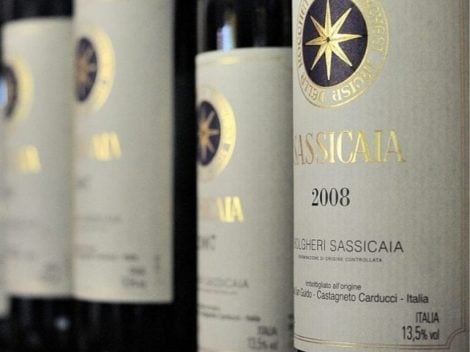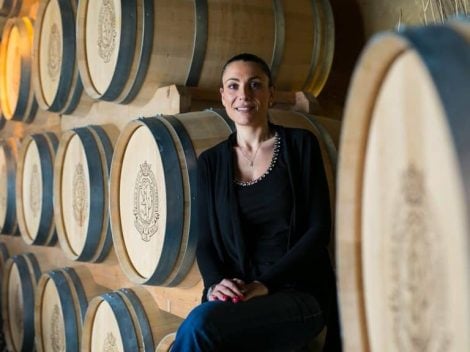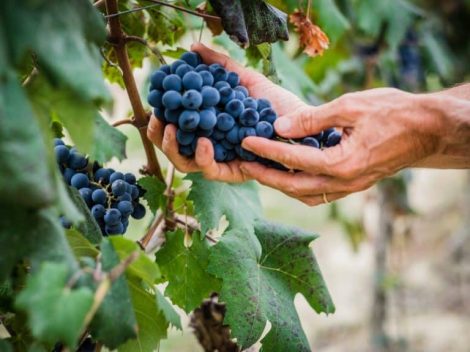"Stricter regulations are needed for the production of Etna whites." This is the appeal from Salvino Benanti, one of the most renowned producers of the DOC (his father, Giuseppe Benanti, who passed away last year, was among the pioneers of the "Etna phenomenon"). But this is not the only proposal from the Etna producer who, speaking with the weekly Tre Bicchieri, suggests the idea of a large cooperative on Etna. Let's start with this.
The idea of a cooperative for Etna wines
The success of Etna has given a significant boost to local production, with many small businesses born – or revived by new generations – at the foot of the Mountain. Too many, according to the producer, whose company has an annual production of 170,000 bottles and, since 2022, also includes a 40% stake by Renzo Rosso with his Red Circle Investments.
"Today there are too many small producers who cannot achieve critical mass," Benanti emphasises. "Etna achieved early success thanks to the work and efforts of 15 wineries. Now, however, we have to share the results with over 200 companies. Moreover, if you don't have deep pockets, you run serious risks, especially in difficult years like last year. It may sound harsh, but the consumer seeks excellence: either you achieve it, or you leave." The Sicilian producer does not mince words, but he proposes a solution: "What is missing on Etna is a large cooperative, where small producers could deliver their grapes. This way, they wouldn't be left to fend for themselves and could avoid being at the mercy of challenging years. Economic principles push towards aggregation." Is this really the solution? Given the many difficulties the cooperative model is facing throughout Italy, it may not be the best time to bet on it... But never say never.
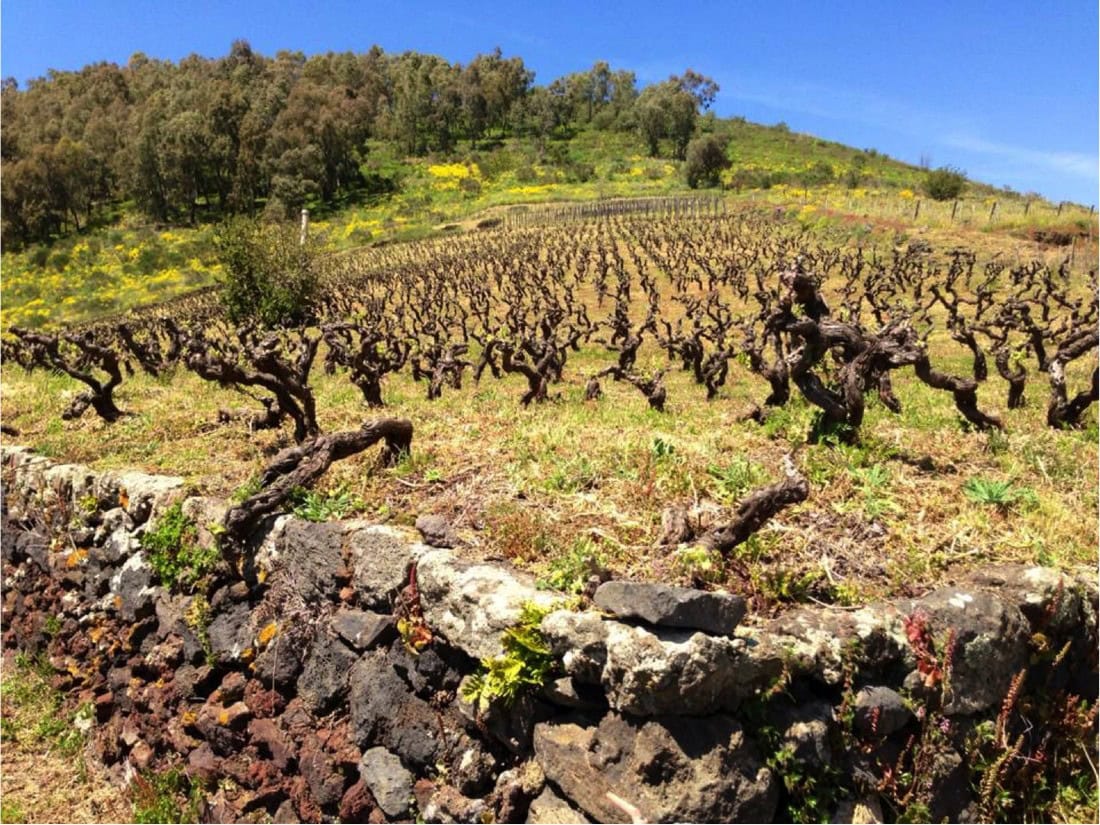
Too lenient regulations for Etna white
The other major issue vigorously raised by Benanti concerns the regulations. While the producer is not opposed to a potential shift beyond a thousand meters (a topic brought up by some producers in recent weeks but promptly closed by the Consortium), he has instead issued a call to delimit the production of white wines, in light of many market demands. Etna white, in fact, is now practically matching the production of reds: 2.4 million bottles compared to 2.7 million. Just six years ago, Etna Rosso was worth twice as much as the white.
"The production of white wines on Etna is growing a lot, it’s true," Benanti admits to Gambero Rosso, "especially because Carricante, in my opinion, is a real fine wine, but it must be said that not all areas are equally suited. For example, it thrives in the South and in Milo. In the North, however, it does not express itself to the fullest, so much so that some producers vinify it differently, resorting to the oxidative type with long macerations. But the truth is that we need to set boundaries: the regulation for this type is too broad. Practically even the superior version, you can age it from six to thirty months, without guidelines, just as you can choose to do oxidation. In this way, Etna white has no real identity, and this ends up confusing the market."
The regulation, in fact, only gives indications on the grape varieties to be used: 60% Carricante and up to 40% Cataratto for the white version, 80% Carricante for the superior version. The rest is left to the interpretation of the individual producer. Probably a legacy from when white was just a niche. Today, however, things are changing, and the white version could become a real asset to watch for the future of the denomination.


 "A high-profile team for the most ambitious attempt ever made in the wine sector." Professor Scienza presents the course on the wines of the future
"A high-profile team for the most ambitious attempt ever made in the wine sector." Professor Scienza presents the course on the wines of the future Debut in Calabria for the first Vinitaly and the City event in the south
Debut in Calabria for the first Vinitaly and the City event in the south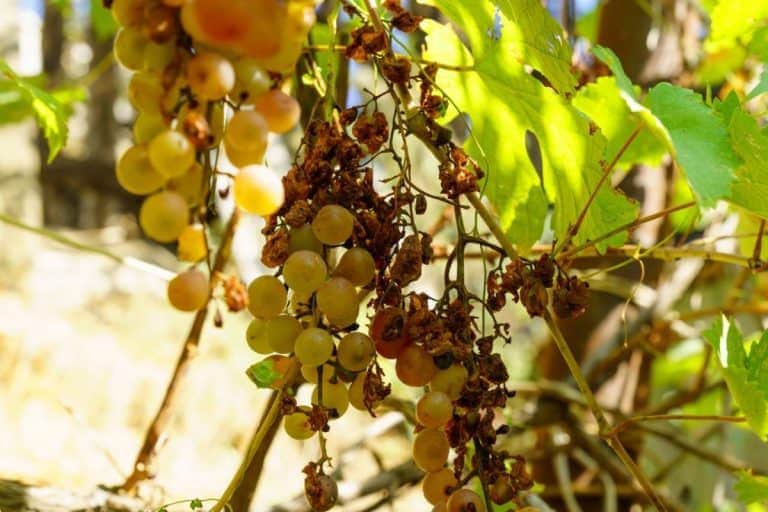 "Forced to close or reduce staff." The alarm from the Apulian wine producer: "There's no water."
"Forced to close or reduce staff." The alarm from the Apulian wine producer: "There's no water." Wine sales decline in foreign large-scale retail. But Italy stays afloat thanks to "frizzantini"
Wine sales decline in foreign large-scale retail. But Italy stays afloat thanks to "frizzantini"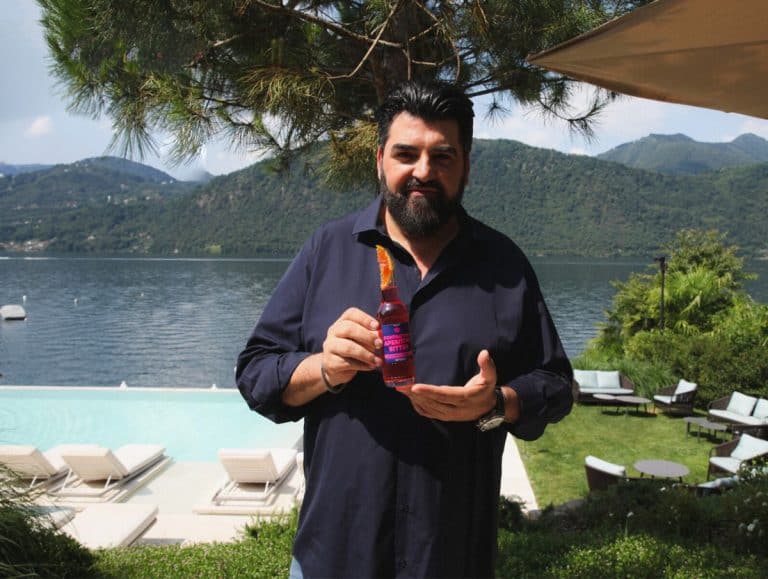 Cannavacciuolo Ventures into the ready-to-drink business: introducing the Contrattino
Cannavacciuolo Ventures into the ready-to-drink business: introducing the Contrattino